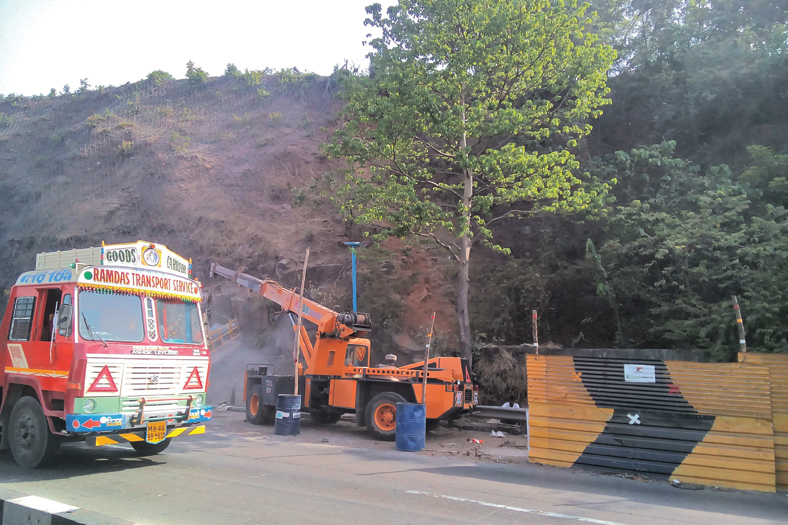Acute iron ore shortage led to burgeoning imports into India
Export of iron ore pellets drains India’s mineral wealth further accentuating the shortage of iron ore to Indian steel companies, JSW says
With iron ore supplies getting tighter due to severe shortage, JSW Steel has decided to import around 6 million tonnes (MT) of iron ore in the current fiscal from overseas market. This is an irony that India has to import iron ore in spite of having large iron ore resources. Indian steel manufacturers are losing out the most comparative advantage of availability of local iron ore and are constrained to resort to imports denting the competitiveness of steel manufacturing in India.The country’s leading steel manufacturer, JSW Steel imported its first iron ore shipment in capsize vessel with 1,70,000 tonnes of high grade iron ore in the last week from South Africa at Krishnapatnam Port. Three more shipments of iron ore in capesize vessels are planned to reach Indian ports in next few days.
These imports are necessary for the company to supplement the supplies of iron ore in the domestic market due to substantial drop in domestic production besides restrictions on movement of iron ore from one state to another state.
Seshagiri Rao, Jt MD, JSW Steel and Group CFO, said, “The recent closure of mines in Odisha, delay in opening up of mines in Karnataka and Goa had resulted in acute shortage of iron ore in the country. We have decided to import half a million tonne of high-grade ore every month to maintain the capacity utilisation at optimum level. The surging iron ore prices due to shortages in India is matter of grave concern when international iron ore prices dropped by more than 30 per cent in the last 12 months.”
There has been a sharp decline to 77 per cent in capacity utilisation in Indian steel industry due to shortage of iron ore in FY 2013-14 from 88 per cent in 2010-11.
Iron ore production in India fell significantly during the course of past few years i.e. from a level of 218 MT in 2009-10 to only 144 MT in 2013-14 which is further expected to drop to 100 MT in FY 2014-15 against the demand of 140 MT.
A majority of mines in two key iron ore producing states—Karnataka and Goa—are yet to resume normal operations despite a partial lifting of court-ordered mining bans.
Moreover, the export of iron ore pellets is not only draining India’s mineral wealth but is also causing significant revenue loss and drain on foreign currency reserves due to import of finished steel into the country. Besides, value addition in case of pellets is merely 20 per cent as against 500 per cent in case of steel.
India is planning to increase steel manufacturing capacity to 300 MT by 2025 to build our country’s infrastructure. “If India has to achieve the target, it is of paramount importance to conserve our country’s natural resources for domestic manufacturing and value addition instead of exporting and exhausting the precious natural resources,” JSW observed.
————————–We have decided to import half a million tonne of high-grade ore every month to maintain the capacity utilisation at optimum level.
Seshagiri Rao, Jt MD, JSW Steel and Group CFO
Cookie Consent
We use cookies to personalize your experience. By continuing to visit this website you agree to our Terms & Conditions, Privacy Policy and Cookie Policy.









